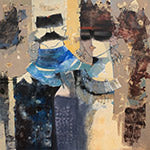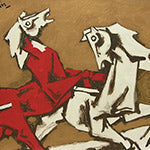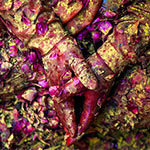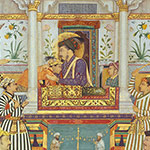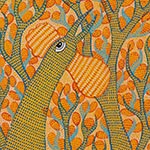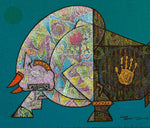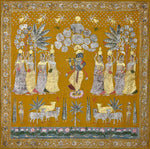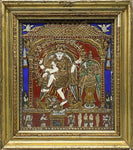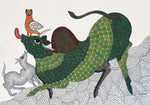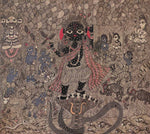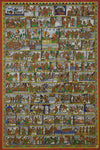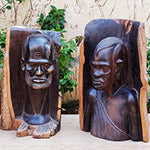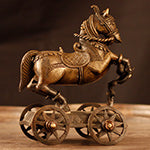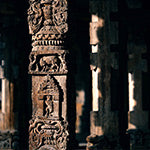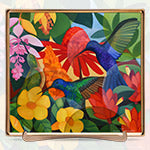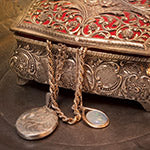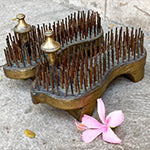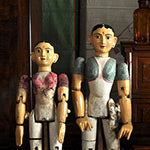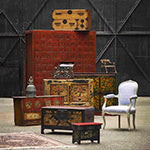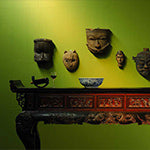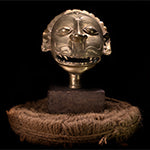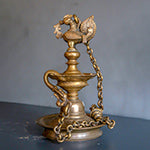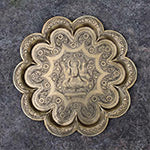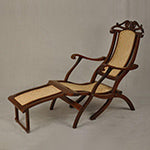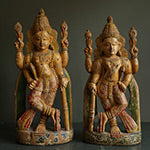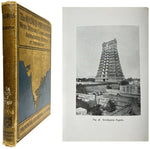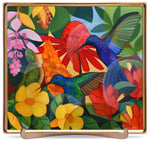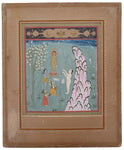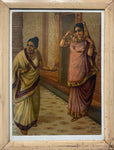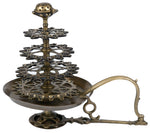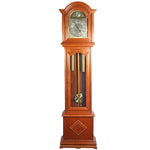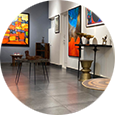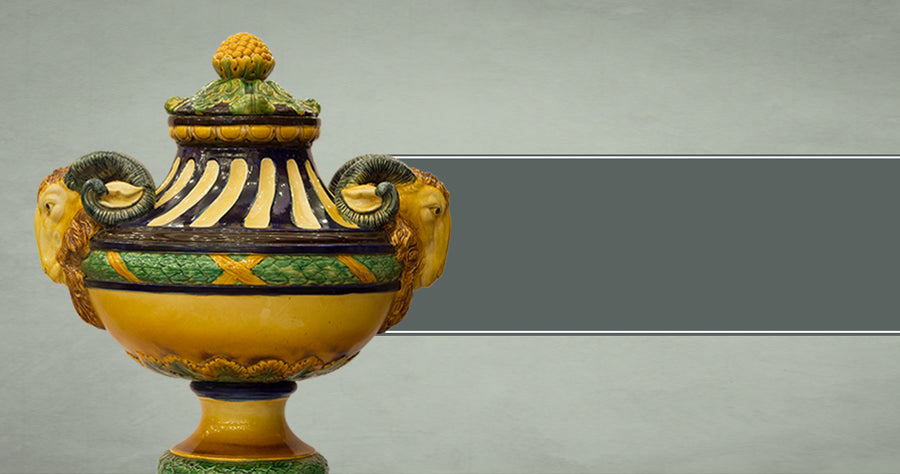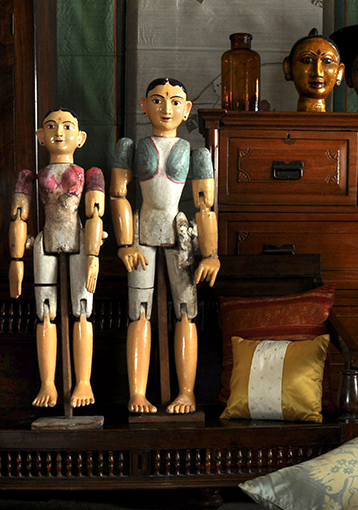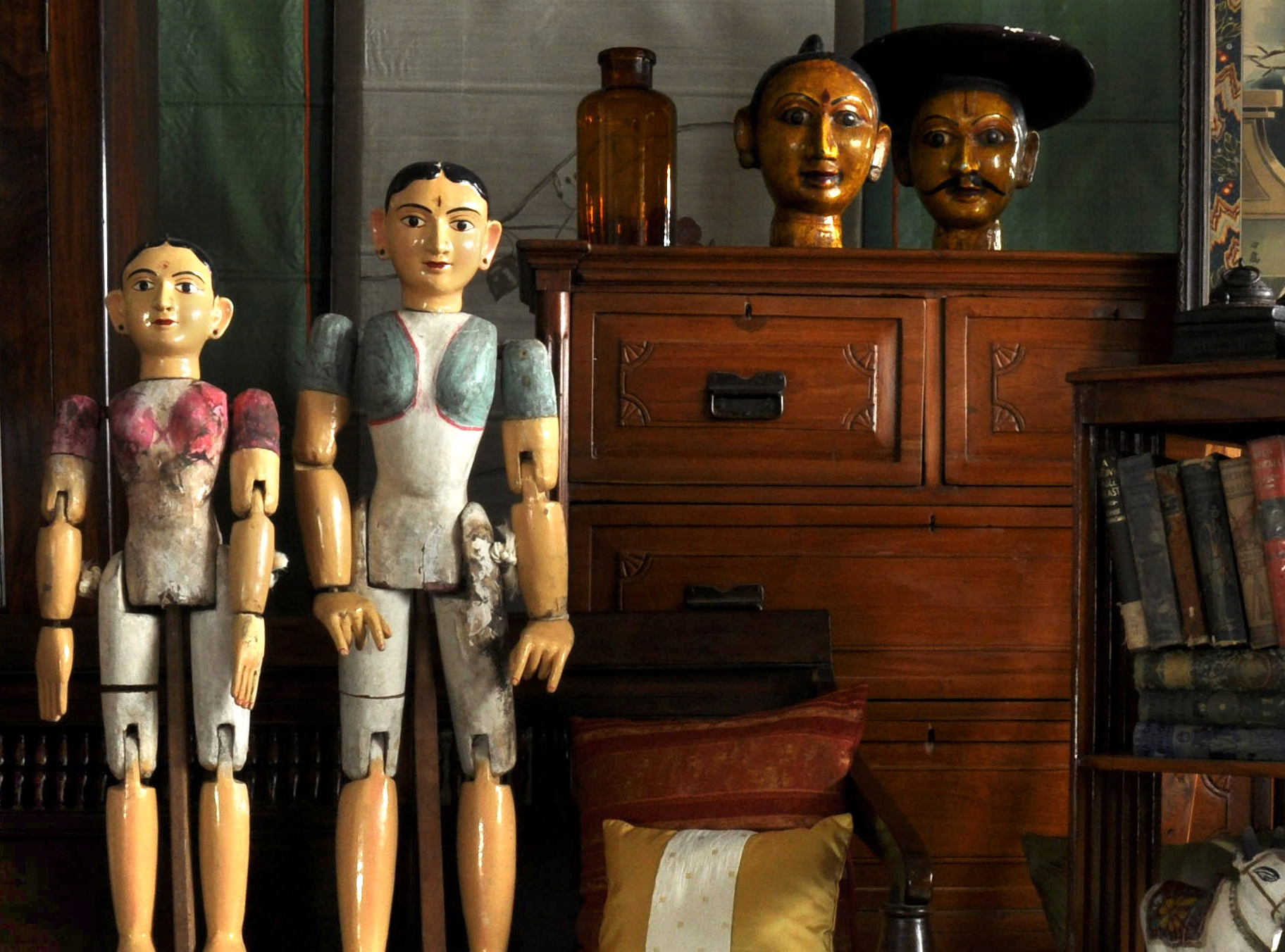Rolls-Royce to Rockefeller Center - How Art Deco Influenced Our World
Art WiseWhat does a Rolls Royce Phantom, the cover of legendary author Ayn Rand’s book, New York’s most well-known skyscraper, and Brazil’s top tourist site have in common? They are all influenced by one of the most inspiring art movements of the 20th Century – ART DECO!

(The Art Deco 1925 Rolls Royce Phantom)
Art in its essence, has always been a form of expression. It is a reflection, reaction or a response to the environment, the events and practices of a particular time. And one of the most prominent artistic styles that stands as an attestation to this is the art deco movement that flourished between 1920’s-1940’s.
As an amalgamation of many styles and movements, Art Deco stood for optimism, luxury, glamour, sophistication and technological progress, and was an integral part of the “Roaring Twenties”. It had a sweeping influence on everything from architecture, sculpture, interiors, jewellery and even car design.
 (Art Deco influenced the design of sculptures, monuments and automobiles)
(Art Deco influenced the design of sculptures, monuments and automobiles)
Defined by strong symmetry, geometric patterns, sharp edges, highly stylized forms, bold colours and decorative details, the style thrived during the period between the First and Second World War. Born in response to the austerity imposed by World War I, Art Deco was a purely decorative form, which, unlike previous styles, had no political or philosophical undertones.
One of the early examples of Art Deco architecture is the Champs-Elysees in Paris. Christ the Redeemer, the world-famous statue in Brazil, is another art deco wonder!
 (Christ the Redeemer - Rio de Janeiro, Brazil)
(Christ the Redeemer - Rio de Janeiro, Brazil)
With its ready adoption of technological advancements and new materials like steel, Art Deco also gave rise to the design of the modern skyscraper. The Rockefeller Center in New York is one of the prime examples of the style both in its construction, and in the use of decorative elements like the sunburst at the top, which is a key motif of the Art Deco style.
 (The popular 'Sunburst' design can be attributed to the Art Deco movement)
(The popular 'Sunburst' design can be attributed to the Art Deco movement)
With a thriving economy in the 20’s, the Art Deco movement spawned luxury goods that people, especially the upper classes, invested in. Art deco furniture was made from highly exotic, rich wood like rosewood, mahogany, ebony and Amboina. The 20’s were the ‘machine age’ and therefore, the structure of the furniture was non-fussy, simple and streamlined. French designer Jacques-Emile Ruhlmann’s luxuriously sleek furniture was the most representative of Art Deco design and style.
The furniture exuded opulence and luxury with mirrored, highly polished or glossy lacquer surfaces. To add further visual delight, wood inlays and geometrics patters like chevrons, zig-zags and sunbursts were incorporated as decorative elements.
Top Left - Dressing Cabinet (Source: Artisera), Top Right - Chair with Zig Zag Pattern (Source: Joel Liebman Furniture), Bottom Left - Side Table (Source: ruhlmann.info), Bottom Right - Stylized Seating (Source: Decor Magazine)
Art Deco sculpture referenced history and was influenced by Egyptian and other regional styles. This largely stemmed from the interest created by the discovery of Tutakhamen’s tomb and an increase in travel. Sculptures were handcrafted from exotic materials like silver, onyx and enamel to create primarily female forms and exotic animals. Bronze and ivory were combined to create artworks that were commissioned by a lavish upper class.
(Art Deco Inspired Bronze Sculpture from Leduc, Source: Artisera)
The influence of Art Deco doesn’t end with its decline during World War II when it was viewed as ostentatious. Posters, book covers and advertisements continue to borrow from this style. Its focus on streamlined design has played a huge role in the industrial design of everything from refrigerators, telephones, cruise liners and aircrafts. With its simplistic, aesthetic efficiency and ability to blend in with other styles, Art Deco continues to excite fanatic collectors and see constant revival.

(The Book Cover of Ayn Rand's famous classic is inspired by the Art Deco Sunburst)


